The hearing was to give chairman Daniel Lipinski (D-Ill.) and his staff preliminary guidance on defining the rules under which Amtrak interacts with host railroads, state agencies, employees, and passengers, with reauthorization set for 2020.
Among the topics addressed by Anderson, representatives from three labor unions, the Rail Passengers Association, an Oregon state legislator, and a California corridor operator were:
Passenger train priority and preference: “Does everyone here agree that Amtrak should have more infrastructure funding and we should give Amtrak a private right of action [in dealing with host railroads]? Does anyone disagree with that?” Lipinski asked about halfway through the proceedings. “Well, we have two things there’s agreement on,” he concluded. Improving Amtrak on time performance was also a priority in the opening statement of ranking member Rick Crawford (R-Ark.), whose district includes the nocturnal Texas Eagle stop at Walnut Ridge, Ark.
Amtrak’s Anderson noted, “The bottom line is we need [on-time performance] standards and metrics completed by the FRA with a real enforcement mechanism and we need a private right of action because freight railroad delays are our biggest single threat.”
In response to a later question about how to improve speeds and reliability from Rep. Doug LaMalfa (R-Calif.), Anderson observed, “We could grow the national network and jobs significantly if we partnered with the freight railroads and co-invest to bring up track speeds (from 79 mph) and take out bottlenecks. If you allow us to operate at 125 mph in a 100-mile zone, you’ll take a lot of cars off the highway,” Anderson said.
On-board amenity degradation: Transportation Committee Chairman Peter DeFazio (D-Ore.), addressing Anderson, decried crowded lounge car conditions on the Coast Starlight, now without the Pacific Parlour Car, “and what you are doing with food. You’re going to lose the high-end passenger — maybe you want to dump ‘em, I don’t know,” DeFazio said. “We’ve got to look really closely at what we’re doing with and for Amtrak, because this is a much more energy-efficient form of transportation .. .I think it’s a critical service and we’ve got to look at making it better and sustainable.”
Rail Passenger Association President and CEO Jim Mathews held up a “survival pack” as part of his testimony to demonstrate what “savvy long-distance train passengers carry” to counteract disrepair on the “rolling museum out there.” It includes duct tape, plastic and wooden shims (to stop rattles), Velcro (to hold curtains together), hand sanitizer, and a power strip. “Everyone has their own version of this,” he said.
Anderson pointed to investments Amtrak is making by purchasing new Charger locomotives to replace aging P42s, replacing pillows and bedding in the sleepers, and reconditioning Superliner II coaches at the Beech Grove Heavy Maintenance Facility.
He also said, “We grew long distance passengers and revenues this year faster than any year Amtrak has grown it in probably the last 10 years,” though a data check by Trains News Wire doesn’t confirm this.
Regarding slimmed-down food service, Mathews said that in feedback from Millennial passengers, “the idea of sitting at a table with no tablecloth, a plastic bag, and plastic trash, is not what they were looking for and certainly not what they paid for.”
Rep. Steve Cohen (D-Tenn.) called the meals “paper sack food” and vehemently disputed Anderson’s claim that it was was implemented “based on market survey data — we don’t do it on anecdote.”
“I travel Acela 6 times a year for 12 years and never got a survey,” Cohen said. He remembered that, as a Delta Airlines executive, Anderson told him Delta would not leave its Memphis hub after merging with Northwest Airlines.
“That wasn’t true,” said Cohen, who urged the Amtrak executive to “consider the humanity, the romance, and the appeal of train travel with food, and not do it like Delta Airlines that took all the meals away … and I hope you don’t continue that on Amtrak.”
Lack of Amtrak transparency and accountability: San Joaquin Joint Powers Authority Executive Director Stacey Mortenson compared her dealings with Altamont Commuter Express operator Herzog and San Joaquins operator Amtrak. She pointed to the inability of her agency to get a rational explanation of Amtrak charges. “We are able to work with Herzog,” she said, “but have no control over what it costs to maintain our own equipment with Amtrak.” Questioned later, she admitted that part of the problem lies with Section 209 of the Passenger Rail Investment and Improvement Act, which allows Amtrak to hide what it considers proprietary information while pushing costs on the states to “treat everybody the same.”
Other issues that came up at the hearing involved charges that 500 Riverside, Calif., call center jobs were replaced by 350 non-union jobs at outsourced call centers in Florida and Ohio; Amtrak’s mandatory arbitration clause; a Southeast Pennsylvania Transit Authority station rent dispute; and a billboard in New York City on Amtrak property blocking Hudson River views.
The written testimony of the participants and video of the entire session is available here.





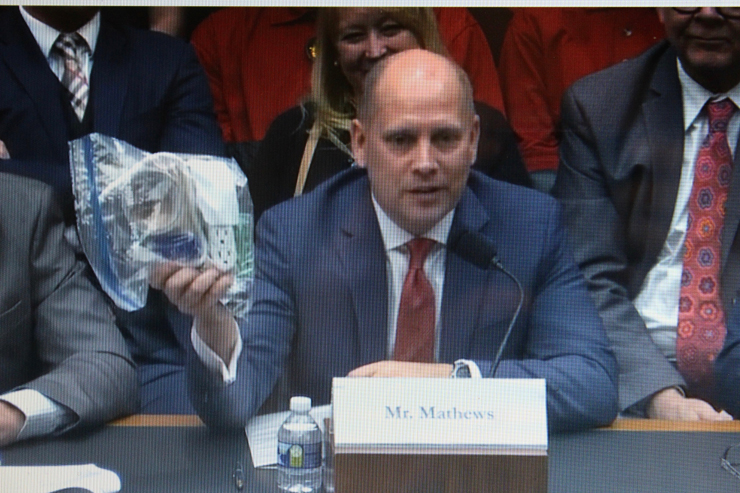
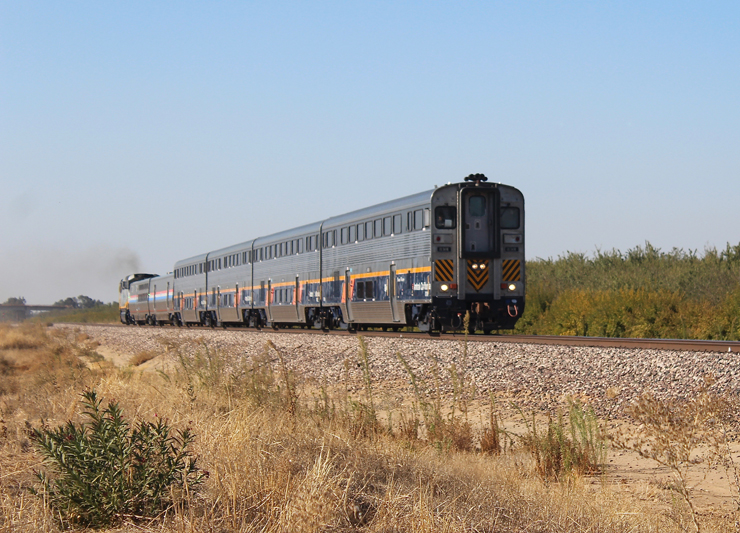


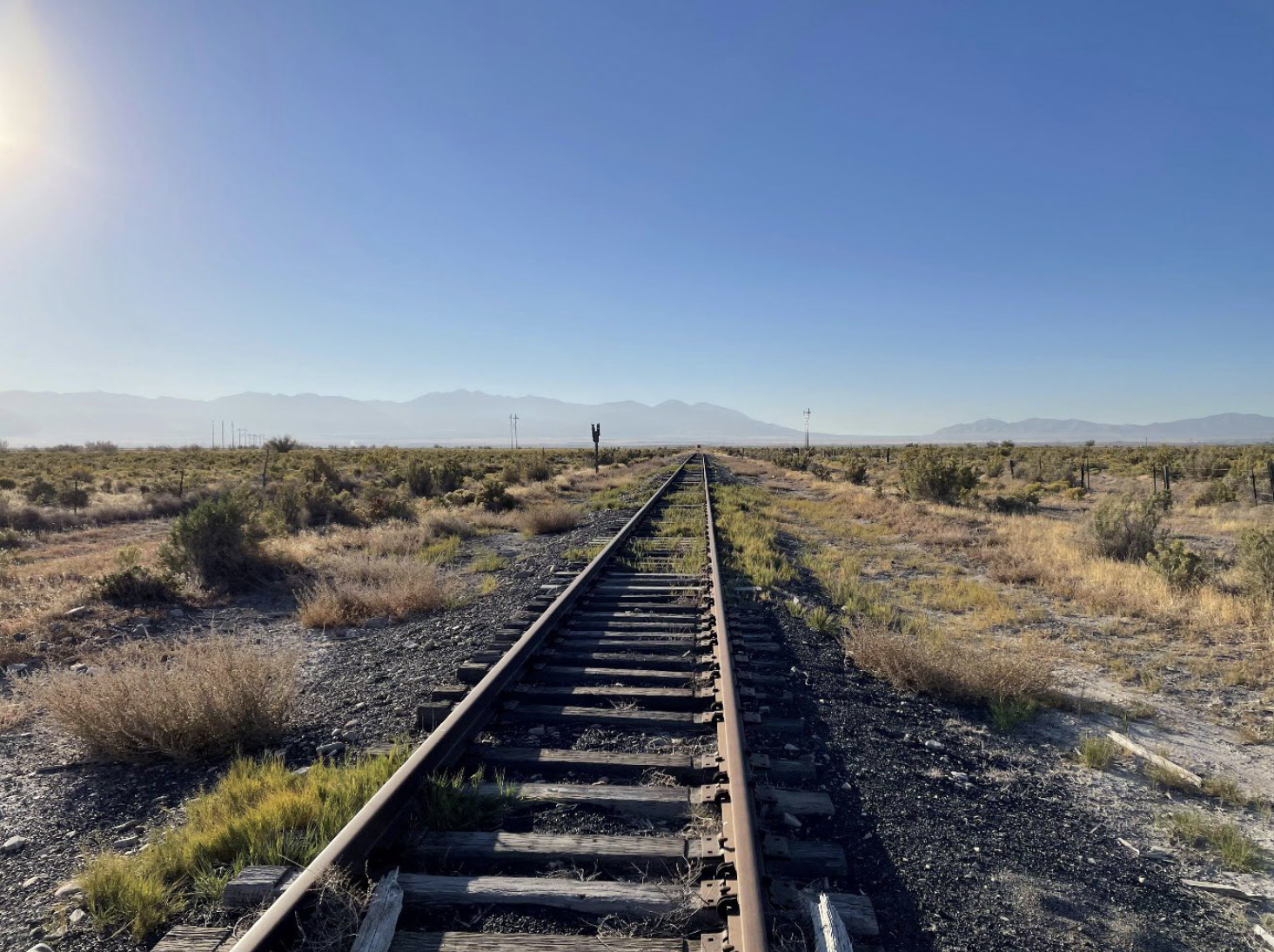
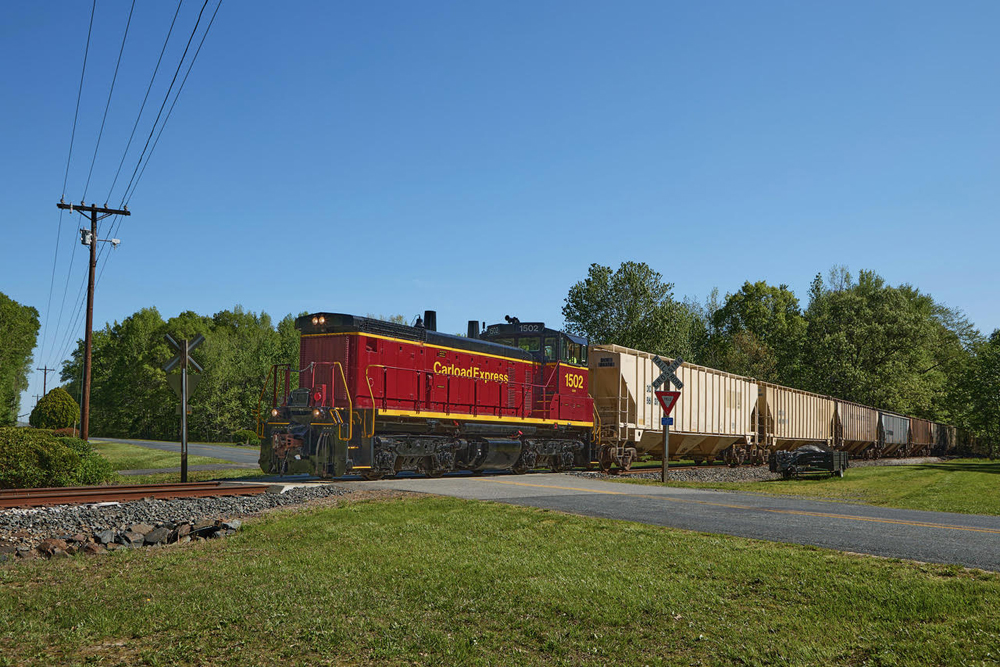
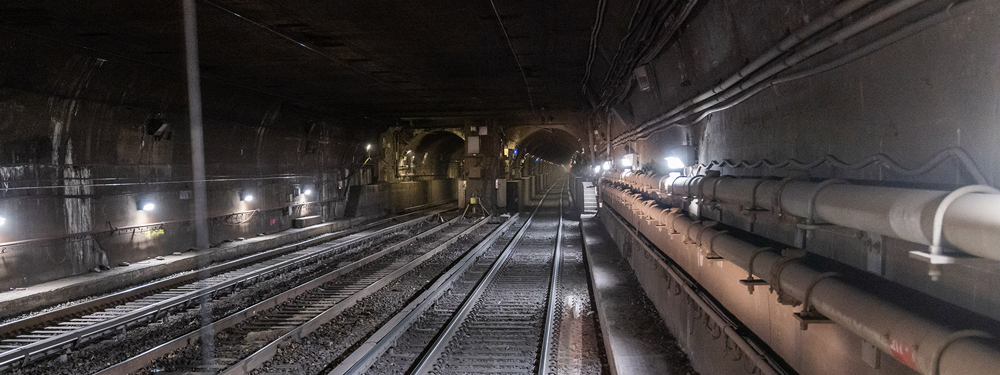




What kind of “proprietary information” does Amtrak have? They are a monopoly with no competition, and a public agency / corporation. Everything they do should be available to the public!
I am glad to see that some in Congress can see what many travellers have seen and know: Anderson is bound and determined to turn Amtrak service into airline service, i.e. NO SERVICE AT ALL. Just squeeze every drop of revenue out of the passenger. Maybe sooner or later the public will get tired of the poor treatment and return to flying. Maybe we should investigate if Anderson is being compensated in anyway by the airline industry. Wouldn’t put it past him for a second..
Did anyone question if Mr. Anderson or Board Members have ever ridden trains? Long or Short Haul? Next question – How about getting with the freight railroads to obtain a window for travel – THEN AMTRAK TRAINS MUST be prepared and RUN WITHIN THAT WINDOW!!! PSR should be able to make this window an easy job.
The pdfs which summarize each presenter’s testimony to the Congress today on Amtrak’s future can be accessed here. There is reason to take the time to read these submissions. https://transportation.house.gov/committee-activity/hearings/amtrak-now-and-into-the-future?fbclid=IwAR3uWoA4DH3w9BNxeAHIt7tGdaT70N1il9iU_wPqz5eMupuIh9Oh28QJkQ0
Richard Anderson’s testimony opens the parade. He is less overtly hostile to the National Network than before he perhaps learned to be more discrete after the 2017 SOUTHWEST CHIEF controversy, but the sting simply hides in a vague expression of how great it would be to provide more service on individual corridor segments of the long-distance network. Anderson observes, correctly, that important potential markets like service along the Colorado Front Range are not served–but gives no clear idea of how such new corridors might be funded–nor of how the freight carriers might be incentivized to support them.
As usual he expresses odd criticisms of the through long-distance services–such as the unhelpful notation that some cities are served by long-hauls at night (as if that matters if riders from those towns can change at an Amtrak “hub” like Chicago to get to where they want to go without forced hotel stays). He touts Amtrak’s “we covered 99% of daily operating costs out of the fare box” fantasy–without noting that $225,000,000 came from state-supported train payments. At least he has the wisdom not to crow about the joys of the “New and Contemporary Dining” debacle!
An Oregon state House of Representatives member, Nancy Nathanson gives an interesting presentation about their efforts to expand and improve the Cascades service, but the really interesting state presentation comes from California’s Stacey Mortensen, Executive Director, San Joaquin Joint Powers Authority, who is so dissatisfied with Amtrak’s lack of transparency in pricing and negotiations that she openly states they would like to seek another operator for that booming corridor (which also follows much of the route of the deeply troubled California High Speed Rail Project).
Greg Regan, Secretary-Treasurer, Transportation Trades Department, AFL-CIO, Bob Guy, Illinois State Director, Sheet Metal Air Rail Transportation – Transportation Division and Jack Dinsdale, National Vice President, Transportation Communications Union give the labor perspective and as might be expected in the face of Anderson’s aggressive staffing cuts they express blistering dissatisfaction. I particularly note the review in Mr. Dinsdale’s presentation of how Anderson’s minions undid successful cost reduction/revenue enhancement measures driven by the former team management approach used on the COAST STARLIGHT. This is not just labor whining about wages. There is real insight here into why the Anderson approach is so deeply flawed.
Rail Passengers Association (NARP) President Jim Mathews presents the RPA’s first formal testimony directly to the Congress in the past six years. Here is a broad presentation of Amtrak’s accomplishments, warts and failures. Jim does a particularly good job of articulating a vision for a truly national Amtrak that might both serve the long-distance network and also build new corridors. Jim superbly sets forth the need for the retention of all current services and for all routes to run daily.
He correctly notes Amtrak’s desperate need for more equipment–both from short term fixes like the renovation of the Superliner fleet and for much more consequential long-term additions like new cars nationwide to, among other goals, allow for even a discussion of route expansions.
Full disclosure I am a Vice Chair of the RPA. But I do not always agree with all of our positions–particularly in certain areas such as the consequences of the food service and overall on-board service cuts.
Where we differ in detail is on the question of the “food service should be profitable” mandate and its consequences, with debacles like the “New and Contemporary” model that has destroyed the meal experience for all passengers on all the long-hauls in the east. This mandate must be repealed.
The RPA does not demand this in today’s presentation.
Amtrak must be directed to provide adequate staff to serve all riders (sleeper and coach) proper full meals and that means staffing decisions like trying to serve the three sleepers on the SILVER METEOR with a one-person sleeper lounge (diner) crew is simply not acceptable.
The RPA represents Amtrak’s riders and not Amtrak’s management. We understand Amtrak’s problems, but we need to insist that the Congress understand that decent food service is simply essential on trips like the 31 hours the SILVER STAR is enroute. Today’s Amtrak is not providing that to either sleeper or coach riders.
The strongest part for me of Jim’s presentation of the food service debacle is in his discussion of the impact on the LAKESHORE AND CAP trains since proper meal service was lost. Jim very correctly notes Amtrak still runs out of food choices, fails to offer coach riders anything but the most basic sandwich menu choice and fails to meet the needs of many riders who need special meals.
We need as rail advocates to more strongly make the case that the Anderson project of cutting every possible amenity (the Pacific Parlour Cars on the COAST STARLIGHT, station ticket agents in cities as important as Cincinnati, checked bags on the Boston LAKESHORE, real food on every eastern long-haul–etc) sets up the gradual, but certain decline of the national network–with no clear plan for how “enhanced corridors” might supplant those services. We should not be replaying the train-off tactics used by the freight carriers in the late 1960s to rid themselves of passenger trains–but since the Anderson regime began at Amtrak that has overall been the case–at least with respect to long distance trains.
The RPA made overall a great presentation–and it is not only important to urge more and better trains, it is essential to note that Anderson’s claims of pending “profits” are being accomplished at the risk of the basic survival of the carrier as a truly national service. Amtrak is not really committed to serve its existing network if it continues to degrade its product. Non-stop ACELA service is no compensation for having no station ticketing/baggage staff to assist riders in Cincinnati in the middle of the night when the CARDINALS pause there.
Anderson states, “If you allow us to operate at 125 mph in a 100-mile zone, you’ll take a lot of cars off the highway,” 100 miles?
Finally!
It’s time for Congress to repeal the Mica rule that food service must be profitable. Good food service sells tickets.
When Amtrak has the power to bring a lot more cash (in the form of right way ugrades with federal money), then I think the relationship with freight railroads will change.
I think that power could also come in tax advantages given to railroads hosting Amtrak: perhaps property tax relief (why should railroads pay property taxes when highway users don’t!) or other forms of tax incentives. How about a tax break that gives railroads a match for Amtrak on-time performance incentive payments?
I agree with Braden K. Build a traffic that meets the needs of today’s travelers. However, with the growing size of freight trains it might require 3 mile long passing sidings to eliminate bottle necks, not to mention building a LOT more bridges. But I agree that partnerships with the railroads and states and federal government could do a lot to improve things, 90 MPH speeds, reducing traffic delays, crossing flyovers, etc. As the old heads would say, the easiest way to speed up running times is to not slow down or stop.
I’m taking the Zephyr soon. The plastic shim idea is one I will take. The Superliner roomettes always have a rattle somewhere. A couple of cloth pins also can come in handy.
“Anderson observed, “We could grow the national network and jobs significantly if we partnered with the freight railroads and co-invest to bring up track speeds (from 79 mph) and take out bottlenecks.”
No matter how you feel about Anderson. What other Amtrak CEO has mentioned this? He knows what needs to happen if Amtrak is to become something useful to the traveling public..